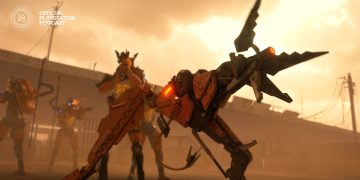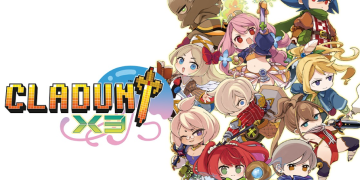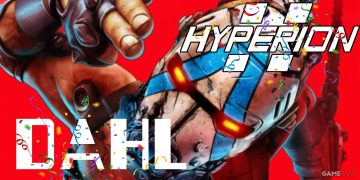One of the standout successes in the realm of virtual reality, Gorilla Tag, is evolving its gameplay by cementing a previously tested level creation mode as a permanent feature. The imaginative ‘Monke Blocks’ allow players and their friends to build unique structures and immerse themselves in these creations. On a similar note, the studio behind the budding social VR game Digigods has landed a notable $2.6 million investment. These milestones highlight how user-generated content (UGC) is becoming essential for thriving social VR environments.
If we look at games like VRChat, Rec Room, Roblox, and Horizon Worlds, they’ve all made significant strides in the virtual world thanks to their focus on user-generated content. It seems that friends who create games together, indeed, tend to stick together.
At a glance, the indie sensation Gorilla Tag may seem like just another multiplayer game, but its seamless interaction and open gameplay have transformed it into more than just gaming—it’s also a place to hang out and experiment. Now, with the permanent addition of the ‘Monke Blocks’ feature, Gorilla Tag is stepping further into social VR spaces by allowing players to design and engage within their custom creations.
Players can use this hands-on block system to snap together segments and craft new levels, with the added twist of exploring these constructions both at a normal size and miniaturized. This offers a dynamic level of interaction, where while some players are building, others can be shrunken down to explore the evolving space.
Monetizing this creative playground, players can buy various block sets using the game’s premium currency, Shiny Rocks. For starters, there’s a set themed after medieval castles, priced at 6,000 Shiny Rocks, which equates to approximately $30.
The concept of ‘build and play’ or user-generated content is clearly the backbone of many successful social VR games. Another Axion, the creative force behind Gorilla Tag, is developing its next title, Orion Drift, with a similar vision. Players will find themselves in vast playgrounds, charting their own adventures and even crafting mini-games and rules to share with others.
Earlier in the year, we noted that the UGC-driven game Yeeps had already amassed 360,000 monthly active users. Recently, Squido Studio, creators of another UGC-centered game called Digigods, secured a $3 million seed investment from a range of investors, including Triptyq Capital and several others as reported by VentureBeat.
Launching in April 2024, Digigods has already drawn in 100,000 unique players and collected over 10,600 user reviews, averaging an impressive 4.8 out of 5 stars, especially notable on the Quest platform. Although still in Early Access, there’s potential for substantial growth as it approaches full release.
UGC isn’t just a trend—it’s a foundation that binds the top social VR games. Yet, there’s a clear divergence in how players navigate these virtual worlds. Older games like Rec Room, VRChat, and Horizon Worlds favor traditional thumbstick or teleport movement, whereas newer games like Orion Drift, Yeeps, and Digigods prefer the arm-based locomotion popularized by Gorilla Tag. This shift positions Gorilla Tag as a pivotal moment between conventional and contemporary social VR experiences.
This change in movement mechanics also reflects demographic trends. The new wave of VR games with arm-based navigation seems to attract a younger, Gen Z audience, contrasting with the millennial and older user base of the more traditional methods.















































